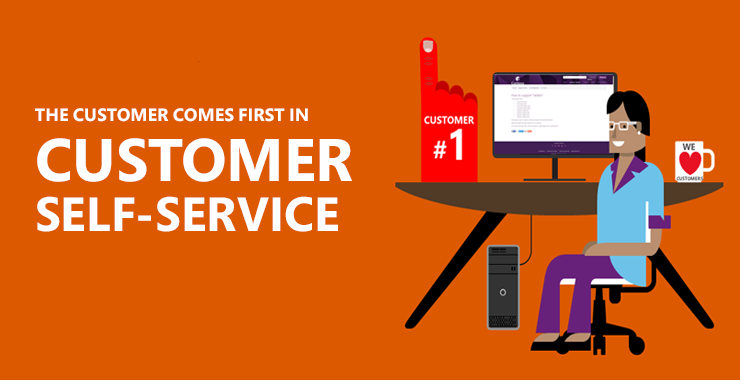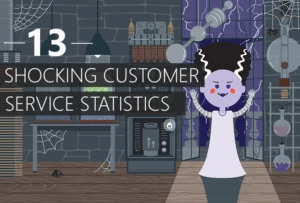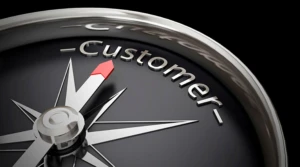
For Self-Service Success: Focus on Customers First, Not Cost Savings
As any brand or organization that’s implemented a customer self-service offering knows, build it and they will come. But will they be pleased when they get there? Satisfied when they leave?
Forrester estimates that an average of $22 million is spent annually in unnecessary service costs due to channel escalation – and this is in the retail industry alone. It all adds up to that if customers can’t effectively self-serve, it costs brands and organizations big money. In an examination of the relative costs of self and assisted service, McKinsey suggests that the cost of assisted service is almost ten times that of self-service.
But what makes one customer self-service implementation more effective than another? It all starts with the motivation in mind. Was/is the main motivation to save money through call and email deflection or reduced need for personnel? Or was/is it to improve processes, productivity, engagement and satisfaction for both the internal (employee) and external customer?
If it was the latter, it probably took or will take more time, research and investment to initially stand up the self-service offering, but that extra time and investment pays off in the long run. Gartner Research estimates that by end of year, at least 80% of organizations that fail to plan their self-service implementations will incur higher customer service costs and will not achieve the savings and benefits expected.
“Indeed, the lack of a well-defined self-service strategy is likely to lead to siloed activities across channels and mismatched goals across the business, resulting in reduced benefits, an inability to meet customer needs, and an increase in customer churn,” notes UX research manager Helen Casewell, interviewed for Microsoft and MyCustomer’s 2015 Self-Service Guide.
Rather than concentrating on keeping costs down, the focus should be on knowing what the customer wants most from self-service, investing in knowledge contribution and management, and then making it as easy as possible for customers to get to knowledge or resolution by removing unnecessary steps or roadblocks in the self-service process, while automating as much as you can behind the scenes.
Notes Jeremy Payne, international group marketing director at Enghouse Interactive, also interviewed for the self-service guide: “If you get the balance right, the result will be an optimized customer engagement process and reduced cost for the business at the same time.”
By putting the customer before cost savings, the latter is still realized, and usually with greater success.
————
Where Does Your Brand Stand in Self-Service?
Take the Survey & Get the Report
According to Forrester Research, consumers are using self-service on a company’s website more often than any other customer service channel. In fact, in Microsoft’s State of Multichannel Customer Service Report, more than 90% of global consumers now expect a brand or organization to have a self-service offering.
For customer service and business professionals, what is the benchmark for self-service offerings? Take this survey being conducted in partnership with industry analyst Esteban Kolsky to receive this upcoming report that will help your organization benchmark and then lead the way in customer self-service.



